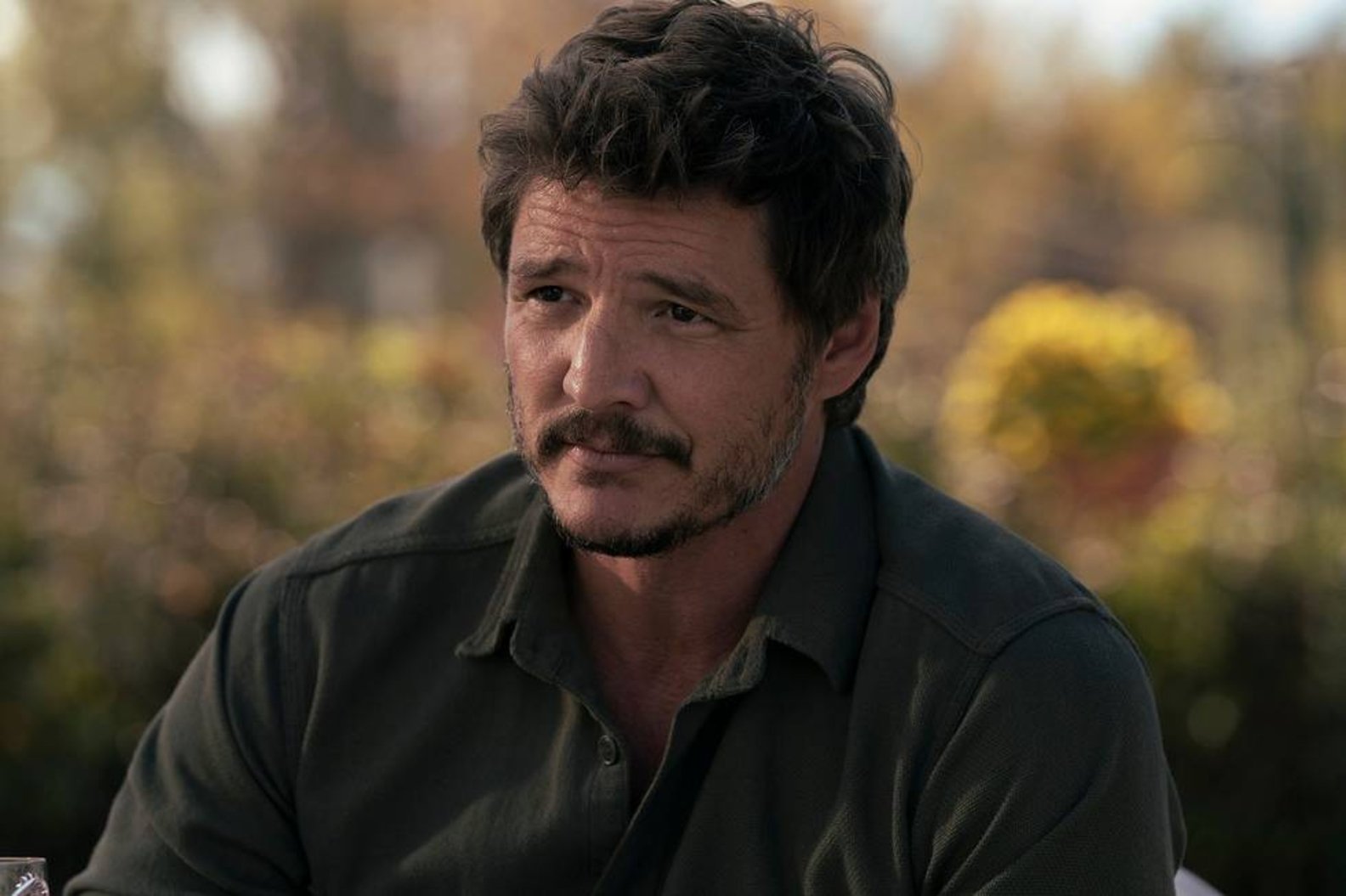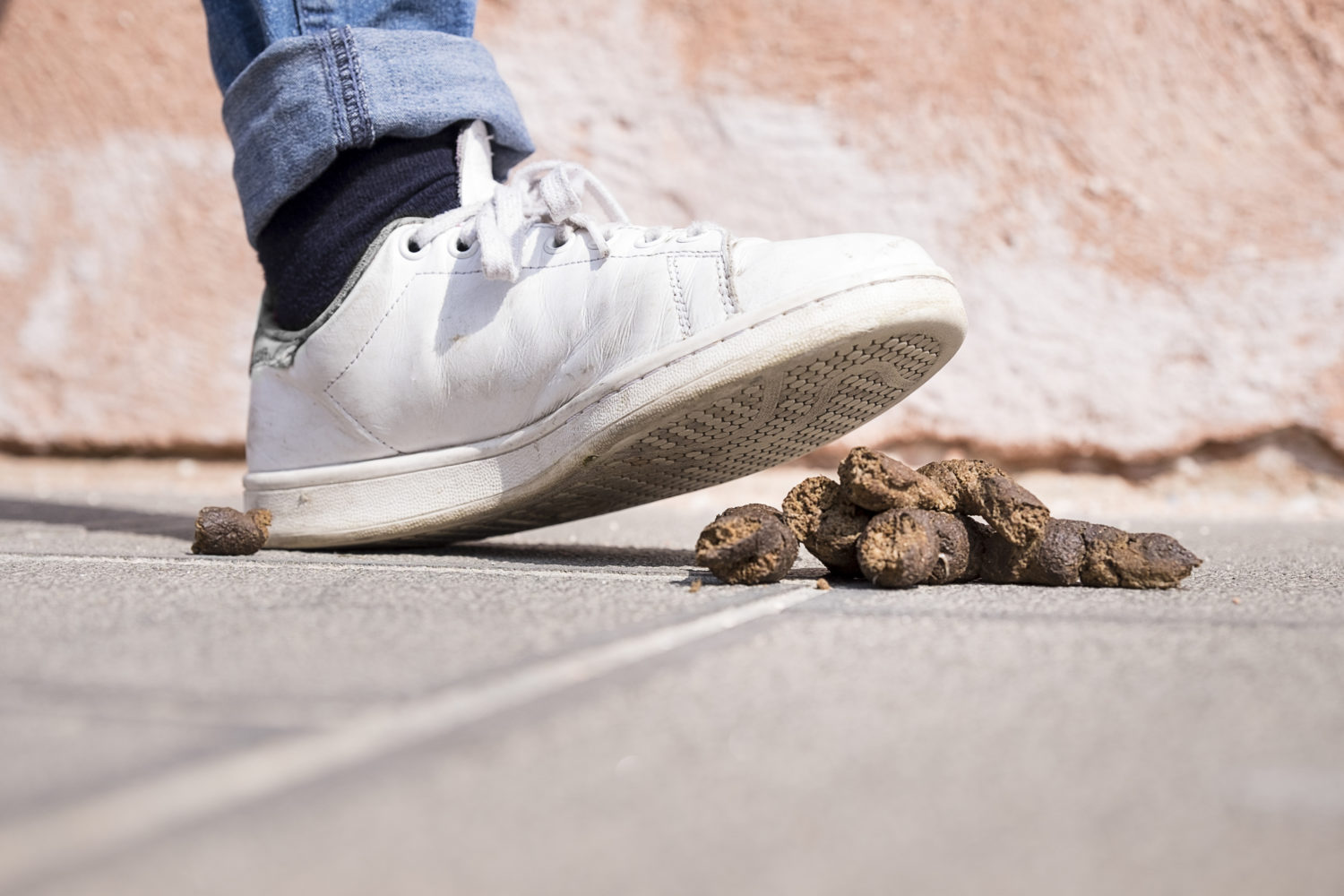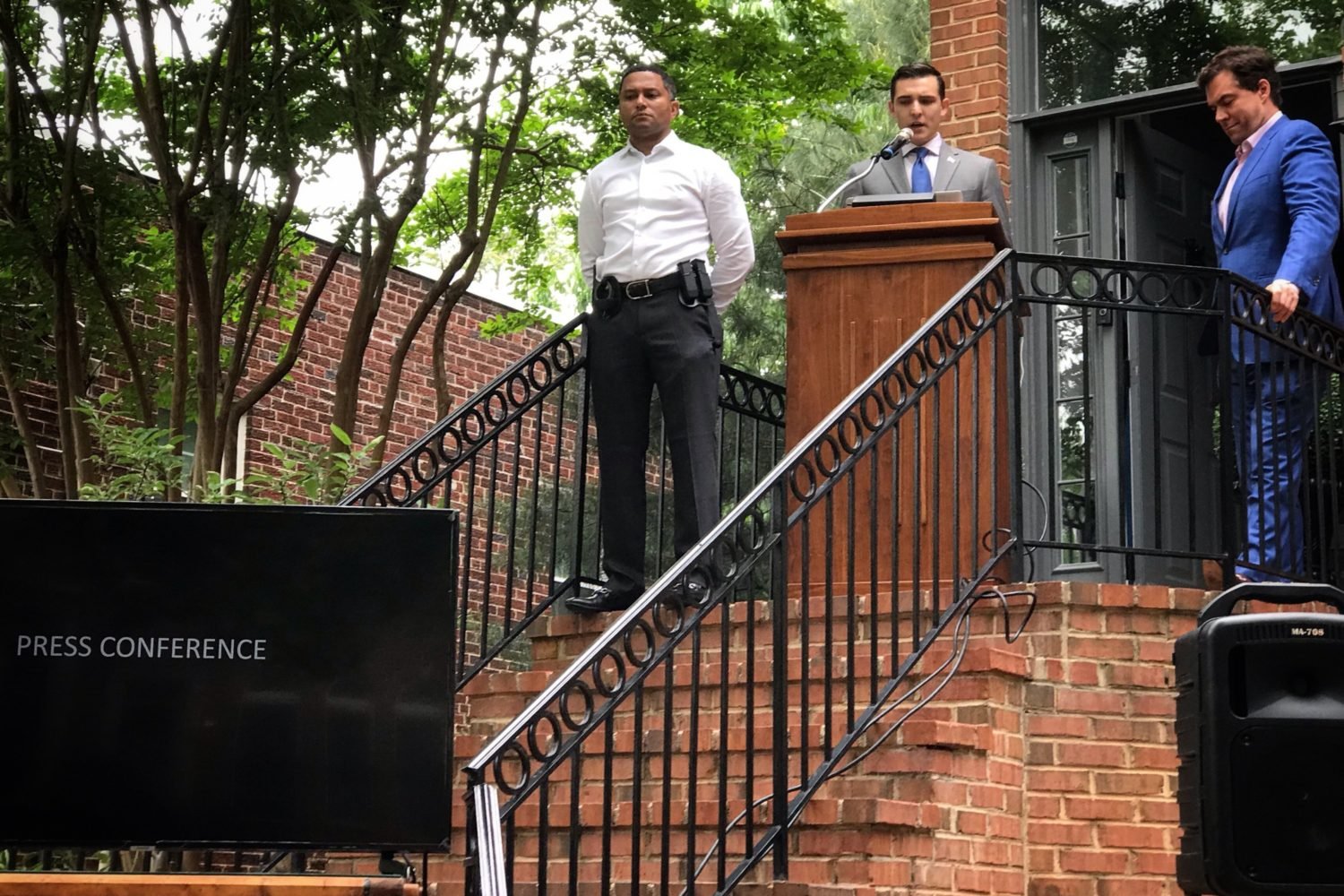Since HBO’s The Last of Us premiered in January, the adaptation of the best-selling video game has garnered critical raves, healthy ratings, and lots of online attention. You might attribute that to the show’s overall quality, rooted in a mind-numbingly massive budget. You could say it’s because Pedro Pascal is generally awesome.
Alternately, you could argue that the show’s premise—rising global temperatures allowing the (very real!) Cordyceps fungus to mutate, infect humans, and spread a zombie-like infection across most of the planet—is uncomfortably plausible.
But could killer fungi actually trigger apocalyptic civilizational collapse? To better understand the science behind the show—which airs its next episode on Friday—we talked to Priscila Chaverri, a mycology expert and Bowie State University professor. Here’s what she had to say about fungal zombies, Cordyceps countermeasures, and why people want to show her their toenails:
Have you watched “The Last of Us?”
Yes, we’re watching it as a family.
What have you thought about it so far?
I really enjoy it, But of course, it’s exaggerated.
You mentioned to me that it was “about time” fungi get this kind of attention. Have people been asking you a lot about it?
In my social media, I’m friends with a lot of mycologists. So I’ve seen a lot of them posting, “I was interviewed by this, I was interviewed by that.” A couple of people have asked me about it, some friends or students. But I’ve just seen it all over social media.
The first episode of the series opens with a fictional talk show clip from the 1960s, in which two scientists discuss their fears for the future of global public health. One talks about the Cordyceps fungus, which is known to infect and overtake ants, turning them into “zombies.” Can you explain that?
In the first episode when the scientist talks about ants, he does a good job explaining it. Spores of the fungus may come into contact with the ants, or the ants may breathe the spores of the fungus. Then the fungus slowly penetrates the ant and grows inside their bodies until reaching the brain. The ant is still alive at this point. And this is where Cordyceps changes the ant’s behavior, thus the term “zombie.” It makes the ant go to higher places so that it can die up there, clinging to a branch or a leaf, producing hundreds of spores, and the wind takes them away to land on some other poor victim.
Cordyceps is only known to infect ants. Humans’ body temperature isn’t hospitable for the fungi. In the show, the scientist warns that due to global warming, fungi might adapt to survive in humans. Could this happen?
The part where the scientist says that it’s going to become a pandemic when climate change happens, that part is not realistic.
Now, there are some fungi that do not typically affect humans—but if a human becomes immunocompromised and the immune system changes, so the body does not detect that it’s been attacked by some fungus or some other microbes, then they actually can cause disease in humans. But for Cordyceps, I cannot think of a case with immunocompromised patients. It could happen, but definitely not at the level of a pandemic.
What would have to happen for Cordyceps to infect people?
Cordyceps would first have to be able to evade the immune system of humans—and second, be able to consume the tissues of humans, which are really not the same as insects. Insects have this compound called chitin, it makes them hard. Humans don’t have chitin. That shift (from insects to people) is called a “host shift.” In nature, host shifts have taken millions of years.
You never know, there could be a shift in the host in millions of years. But that means that the fungus would have to be in constant contact with humans for the DNA to go through that evolution. In the show, it’s a real pandemic. That cannot happen.

Is it realistic for us to expect that fungal infections get more common as the world gets warmer?
Yes, we are kind of seeing that. For a fungus to become pathogenic, they need a conducive environment—warm temperatures. Let’s say a fungus is causing diseases in some crops in Latin America. In the US, when the climate becomes warmer, these tropical fungi are going to start moving upwards towards us. And that has actually started to happen. When a new pathogen comes to an area, the humans, or plants, or whatever organism it infects, [they] won’t have the defenses for that. So then they’re going to get sick.
It’s hot now, it’s going to be even hotter. That can change the immune system. People can become more susceptible to diseases caused by fungi or other microorganisms. Areas that become really wet, with more mold in people’s homes or flooding, that can also get people sick.
The show’s writers hint that the fungus started in a major flour mill in Jakarta, Indonesia. How realistic is that?
Well, Cordyceps needs the insect to grow. They will not grow in flour or wheat. So the only way that could happen is if by mistake, someone ground up many sick insects with the wheat, and made flour out of a bunch of ground insects. And even then, people wouldn’t get sick from eating it. It would dissolve in the stomach, and it’s not a human pathogen.
If you were in “The Last of Us,” what would your survival strategy be?
One of the things that I do for my research is to find natural ways to control diseases of crops. So I actually use fungi that kill other fungi. So there actually are other fungi that could parasitize and kill the Cordyceps. There are also viruses that are specific to fungus. So that would be my approach. I would go out in nature and look for parasites of the Cordyceps.
Like you said, fungi deserve more attention from people. What do you wish they knew about it?
When most people who are not scientists find out that I’m a mycologist, they say, “oh, can you look at my toenail fungus?” or, “where can I find psychedelic mushrooms?” People have the idea that fungi are just a few things, but really, they’re ubiquitous. And most of the fungi actually are good. This show is giving fungi a really bad connotation—that they’re horrible, they cause diseases. But most of them are good. They have mutually beneficial association with many organisms, they help crops grow. They protect them against diseases. Some of them are really important.

















